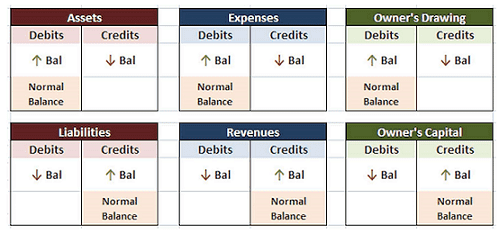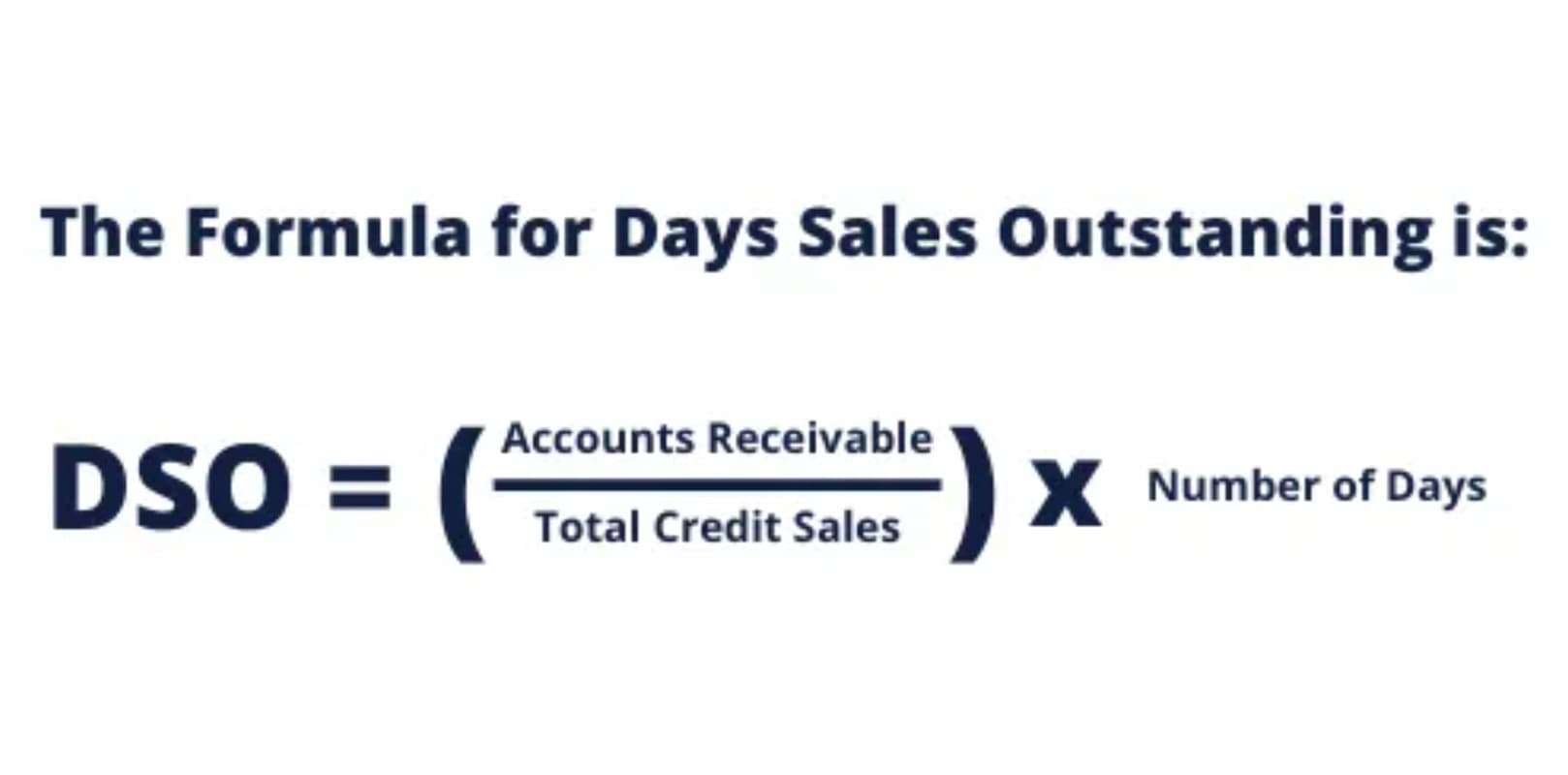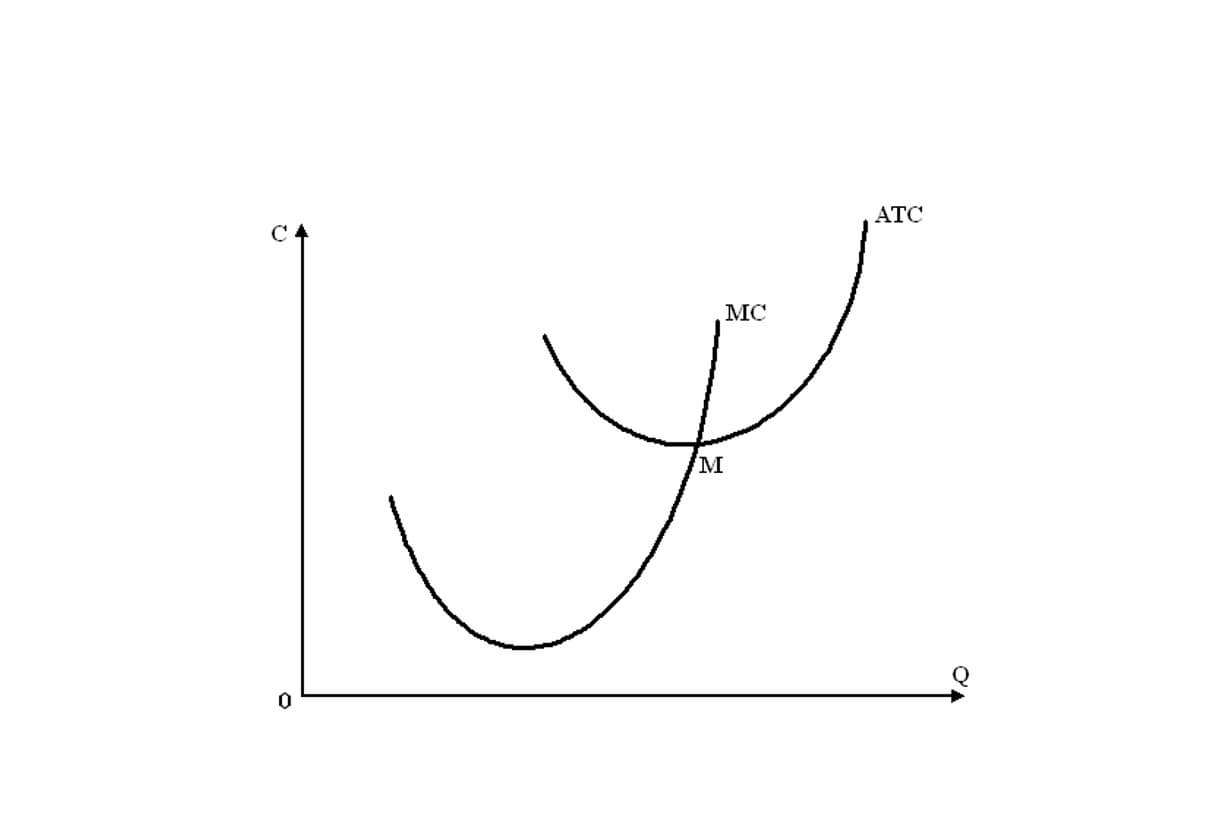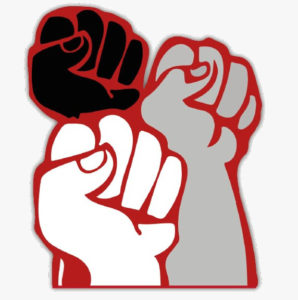Depreciation Units-of-Activity, Double-Declining-Balance DDB, Sum-of-the-Years-Digits

But as time goes by, the fixed asset may experience problems due to wear and tear, which would result in repairs and maintenance costs. That’s why depreciation expense is lower in the later years because of the fixed asset’s decreased efficiency and high maintenance cost. FitBuilders estimates that the residual or salvage value at the end of the fixed asset’s life is $1,250. Since we already have an ending book value, let’s squeeze in the 2026 depreciation expense by deducting $1,250 from $1,620. The beginning book value is the cost of the fixed asset less any depreciation claimed in prior periods.
- To find the expected number of customers making a purchase, we can multiply the total number of customers entering the store by the probability of making a purchase.
- The Double Declining Balance Method, often referred to as the DDB method, is a commonly used accounting technique to calculate the depreciation of an asset.
- 11 Financial’s website is limited to the dissemination of general information pertaining to its advisory services, together with access to additional investment-related information, publications, and links.
- The balance of the book value is eventually reduced to the asset’s salvage value after the last depreciation period.
- As you observe the bars rise and fall, you can visualize the financial landscapes our customers navigate.
We help eCommerce businesses master their finances.
Sign up to receive more well-researched small business articles and topics in your inbox, personalized for you. We’re firm believers in the Golden Rule, which is why editorial opinions are ours alone and have not been previously reviewed, approved, or endorsed by included advertisers. The Ascent, a Motley Fool service, does not cover all offers on the market. Notice in year 5, the truck is only depreciated by $129 because you’ve reached the salvage value of the truck. Get instant access to video lessons taught by experienced investment bankers.
Double Declining Balance Method vs. Straight Line Depreciation
- At the beginning of the second year, the fixture’s book value will be $80,000, which is the cost of $100,000 minus the accumulated depreciation of $20,000.
- We may earn a commission when you click on a link or make a purchase through the links on our site.
- The double declining balance method of depreciation, also known as the 200% declining balance method of depreciation, is a form of accelerated depreciation.
- If the company was using the straight-line depreciation method, the annual depreciation recorded would remain fixed at $4 million each period.
- You can generate leads for your business by creating email campaigns and view performance with detailed analytics on open rates and click-through rates (CTR).
- It’s widely used in business accounting for assets that depreciate quickly.
These tools can automatically compute depreciation expenses, adjust rates, and maintain depreciation schedules, making them invaluable for businesses managing multiple depreciating assets. The DDB method involves multiplying the book value at the beginning of each fiscal year by a fixed depreciation rate, which is often double the straight-line rate. This method results in a larger depreciation expense in the early years and gradually smaller expenses as the asset ages. It’s widely used in business accounting for assets that depreciate quickly.

How the Double Declining Balance Depreciation Method Works
Within this insightful bar chart, we uncover the authentic voices of our customers through their responses to a specific question. The bars rise and fall, revealing the choices they made and their preferences. The most popular response, “5,” chosen by 28% of participants, demonstrates the collective sentiment that echoes among our customers. As we observe the varying heights of each bar, we gain a deeper understanding of their thoughts and desires. At the end of 10 years, the contra asset account Accumulated Depreciation will have a credit balance of $110,000.
How Does the Double-Declining Balance Depreciation Method Work?
Depreciation is an accounting process by which a company allocates an asset’s cost throughout its useful life. Firms depreciate assets on their financial statements and for tax purposes in order to better match an asset’s productivity in use to its costs of operation over time. Depreciation rates used in the declining balance method could be 150%, 200% (double), or 250% of the straight-line rate. When the depreciation rate for the declining balance method is set as a multiple, doubling the straight-line rate, the declining balance method is effectively the double-declining balance method. Over the depreciation process, the double depreciation rate remains constant and is applied to the reducing book value each depreciation period.

In this method, the yearly depreciation is separated into various fractions based on the number of years in the useful life. When changing depreciation methods, companies should carefully justify the change and adhere to accounting standards and tax regulations. Additionally, any changes must be disclosed in the financial statements to maintain transparency and comparability. The Straight-Line Depreciation Method allocates an equal amount of depreciation expense each year over an asset’s useful life.
How to plan double declining balance depreciation
- You’ll also need to take into account how each year’s depreciation affects your cash flow.
- We take monthly bookkeeping off your plate and deliver you your financial statements by the 15th or 20th of each month.
- DDB is preferable for assets that lose their value quickly, while the straight-line method is more suited for assets with a steady rate of depreciation.
- Salvage value is the estimated resale value of an asset at the end of its useful life.
- Over the depreciation process, the double depreciation rate remains constant and is applied to the reducing book value each depreciation period.
- In the following accounting years, the 20% is multiplied times the asset’s book value at the beginning of the accounting year.
Under the DDB method, we don’t consider the salvage value in computing annual depreciation charges. Instead, we simply keep deducting depreciation until we reach the salvage value. The current year depreciation is the portion of a fixed asset’s cost that we deduct against current year profit and loss. The accounting concept behind depreciation double declining balance method is that an asset produces revenue over an estimated number of years; therefore, the cost of the asset should be deducted over those same estimated years. With our straight-line depreciation rate calculated, our next step is to simply multiply that straight-line depreciation rate by 2x to determine the double declining depreciation rate.

Alternative Methods
اقرأ أيضا

